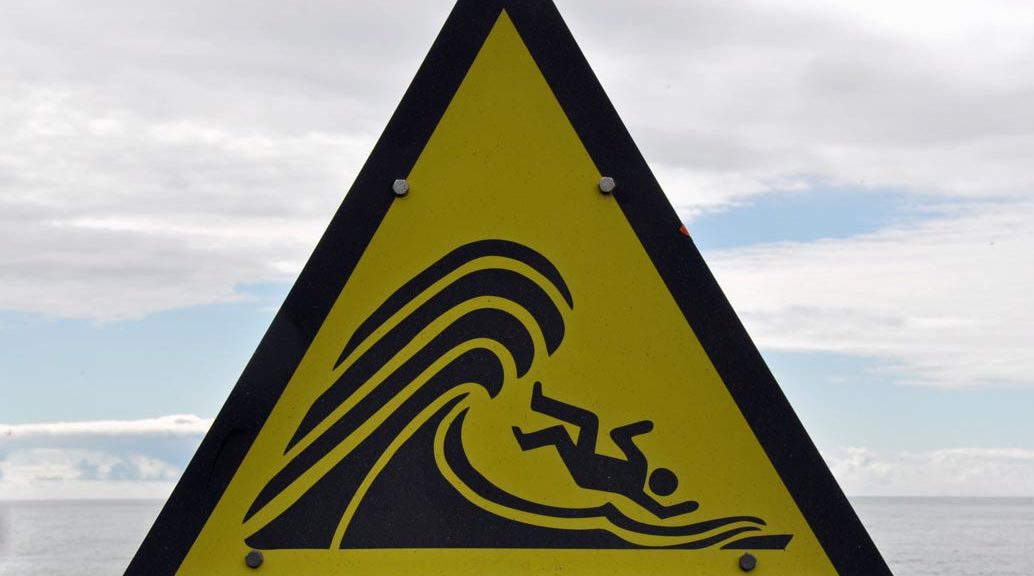Turns out that the best explanation of my personal experience of the brexit process so far is the five stages of grief. Obviously it is neither sensible nor appropriate to equate a political decision to the personal loss of a loved one, but the process of coming to terms with brexit does seem to be moving through the same five stages
DENIAL
Denial is the first of the five stages of grief and brexit – surely this cannot be happening? There has to be some sort of mistake. In this stage, the world became somewhat meaningless and overwhelming. Life mades no sense. We were in a state of shock and denial. Numb. Initially the focus was just on finding a way to get through the day. Denial and shock help us to cope and make survival possible by helping us to pace our feelings of grief. There is a grace in denial. As you accept the reality of the loss and start to ask yourself questions, you begin the healing process. You are become stronger, and denial is beginning to fade. But as you proceed, all the feelings you were denying begin to surface.
ANGER
Anger is a necessary stage of any healing process. Be willing to feel your anger, even though it may seem endless. The more you truly feel it, the more it will begin to dissipate and the more you will heal. There are many other emotions under the anger and you will get to them in time, but anger is the emotion we are most used to managing.
The truth is that anger has no limits. It can extend not only to your friends, the doctors, your family, yourself and your loved one who died, but also to God. You may ask, “Where is God in this? Underneath anger is pain, your pain. It is natural to feel deserted and abandoned, but we live in a society that fears anger. Anger is strength and it can be an anchor, giving temporary structure to the nothingness of loss. At first grief feels like being lost at sea: no connection to anything. Then you get angry at someone, maybe a person who didn’t attend the funeral, maybe a person who isn’t around, maybe a person who is different now that your loved one has died. Suddenly you have a structure – – your anger toward them. The anger becomes a bridge over the open sea, a connection from you to them. It is something to hold onto; and a connection made from the strength of anger feels better than nothing.We usually know more about suppressing anger than feeling it. The anger is just another indication of the intensity of your love.
BARGAINING
After a loss, bargaining may take the form of a temporary truce. “What if we hold a second referendum. Then can I wake up and realize this has all been a bad dream?” We become lost in a maze of “If only…” or “What if…” statements. We want life returned to what is was; we want our life and country restored. We want to go back in time: find the political tumor sooner, recognize the illness more quickly, stop the accident from happening…if only, if only, if only.
Guilt is often bargaining’s companion. The “if onlys” cause us to find fault in ourselves and what we “think” we could have done differently. We may even bargain with the pain.
We will do anything not to feel the pain of this loss. We remain in the past, trying to negotiate our way out of the hurt. People often think of the stages as lasting weeks or months. They forget that the stages are responses to feelings that can last for minutes or hours as we flip in and out of one and then another. We do not enter and leave each individual stage in a linear fashion. We may feel one, then another and back again to the first one.
DEPRESSION
After bargaining, our attention moves squarely into the present. Empty feelings present themselves, and grief enters our lives on a deeper level, deeper than we ever imagined. This depressive stage feels as though it will last forever. It’s important to understand that this depression is not a sign of mental illness. It is the appropriate response to a great loss.
We withdraw from life, left in a fog of intense sadness, wondering, perhaps, if there is any point in going on alone? Why go on at all? Depression after a loss is too often seen as unnatural: a state to be fixed, something to snap out of.
The first question to ask yourself is whether or not the situation you’re in is actually depressing. The loss of a loved one is a very depressing situation, and depression is a normal and appropriate response. To not experience depression after a loved one dies would be unusual. When a loss fully settles in your soul, the realization that your loved one didn’t get better this time and is not coming back is understandably depressing. If grief is a process of healing, then depression is one of the many necessary steps along the way.
ACCEPTANCE
Acceptance is often confused with the notion of being “all right” or “OK” with what has happened. This is not the case.
Most people don’t ever feel OK or all right about the loss of a loved one. This stage is about accepting the reality that our loved one is physically gone and recognizing that this new reality is the permanent reality. Thus people who voted to remain in the EU may well accept that we’re leaving but they won’t ever be ok with leaving and will never like this reality. We may learn to live with it. It is the new norm with which we must learn to live.
In resisting this new norm, at first many people want to maintain life as it was before a loved one died. In time, through bits and pieces of acceptance, however, we see that we cannot maintain the past intact. It has been forever changed and we must readjust. We must learn to reorganise. Finding acceptance may be just having more good days than bad ones.













